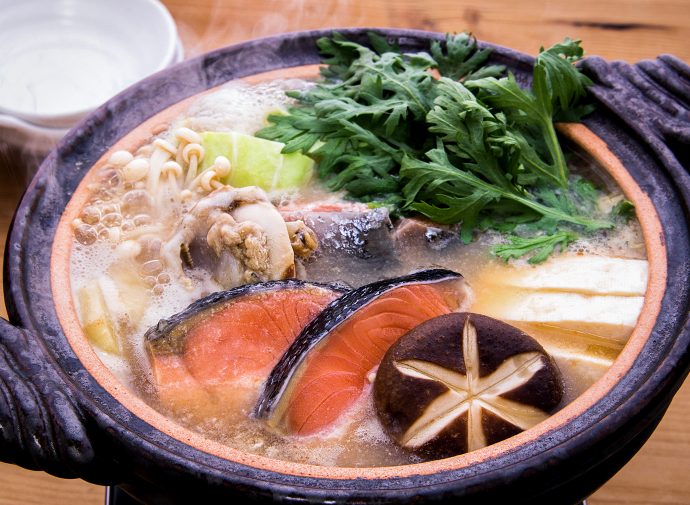In addition to use in soup and pickles, miso is a fundamental building block in many dishes and their iterations, including ramen and udon noodles, nimono, or simmered dishes, and nabe, or one-pot meals. It’s used to braise vegetables; as a sauce slathered on grilled corn or grilled mochi; and as the main ingredient in dips and marinades. Chunky miso is even served on its own as a side dish, with vegetables or hot rice.
Because miso is rich in essential minerals, it’s a good source of vitamins B, E, K, and folic acid, and is high in probiotics, it became a darling of the natural foods movement in America. The Strategist, part of the New York magazine group, published an article in 2019 on the best miso pastes and their uses, according to well-known chefs. For me, the article serves as a great shopping list for different miso, and includes how the chefs use them and where to find them.
You can make your own miso…
“You’ll need soybeans, salt, some kind of ko-ji starter, a big bucket, space and patience since you need to age the miso for at least 6 months to a year. Instructions are on the web!”

